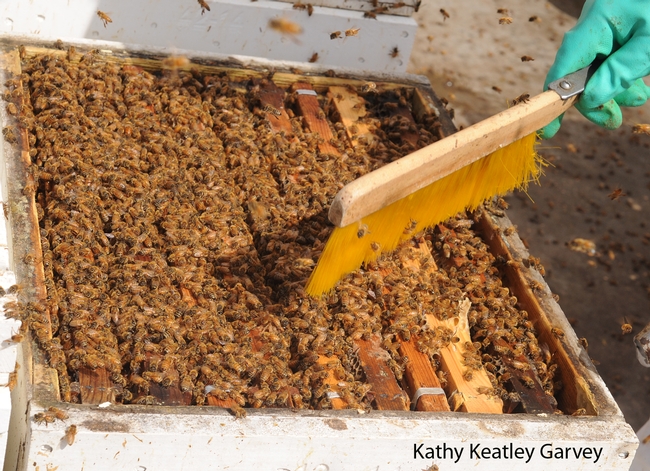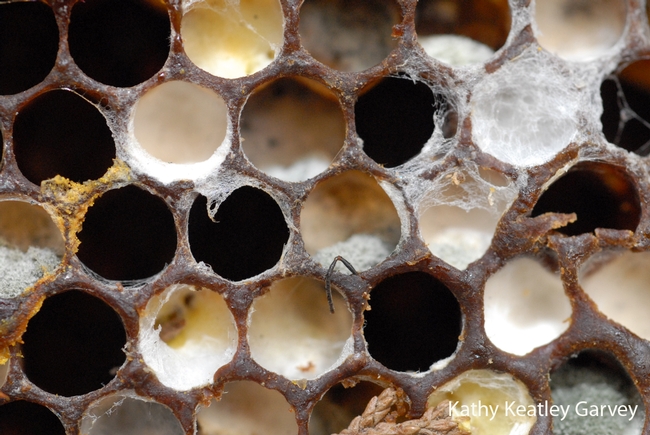The neonicotinoid pesticides are creating quite a buzz in the bee world.
Research published this week in the Science journal zeroed in on the effects of the neonics on honey bees and bumble bees.
Science writer Eric Stokstad, in his news analysis headlined "The Field Research on Bees Raises Concern About Low-Dose Pesticides," indicated that, bottom line, more research on pesticide testing and regulation is needed.
"Five years ago, bees made headlines when a mysterious condition called colony collapse disorder decimated honey bee colonies in parts of the United States," Stokstad wrote. "Now bees are poised to be in the news again, this time because of evidence that systemic insecticides, a common way to protect crops, indirectly harm these important pollinators. Two field studies reported online this week in Science document problems. In bumble bees, exposure to one such chemical leads to a dramatic loss of queens and could help explain the insects' decline. In honey bees, another insecticide interferes with the foragers' ability to find their way back to the hive. Researchers say these findings are cause for concern and will increase pressure to improve pesticide testing and regulation."
Stokstad was referring to these two research articles published in Science:
1. Neonicotinoid Pesticide Reduces Bumble Bee Colony Growth and Queen Production
2. A Common Pesticide Decreases Foraging Success and Survival in Honey Bees
Meanwhile, Extension apiculturist Eric Mussen of the UC Davis Department of Entomology is fielding calls about the research.
On Wednesday, Mussen talked to science writer Eryn Brown of the Los Angeles Times.
Here's her quote from her news story:
“There are a whole lot of things that stress the honeybees,” said Eric Mussen, a honeybee specialist at the University of California, Davis. “You can’t point your finger at one thing and say, ‘That is the problem.’ ”
Mussen cautioned against singling out neonicotinoids when other pesticides could have similar effects on bees. Besides, he said, many insects have built up immunity to neonicotinoids, so farmers are likely to switch to different pesticides anyway.
As Mussen has been saying all along, the declining bee population is due to a number of factors: pests, pesticides, parasites, diseases, malnutrition and stress.
So, there's no silver bullet--no major culprit--that's causing the declining bee population. It's a multitude of factors. Scientists continue to investigate them all.
Attached Images:

A thriving honey bee colony. (Photo by Kathy Keatley Garvey)

Bees have abandoned the hive in an apparent colony collapse disorder. (Photo by Kathy Keatley Garvey)